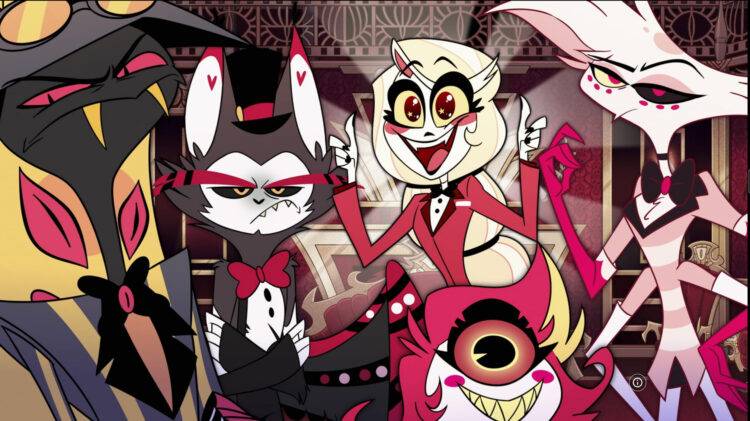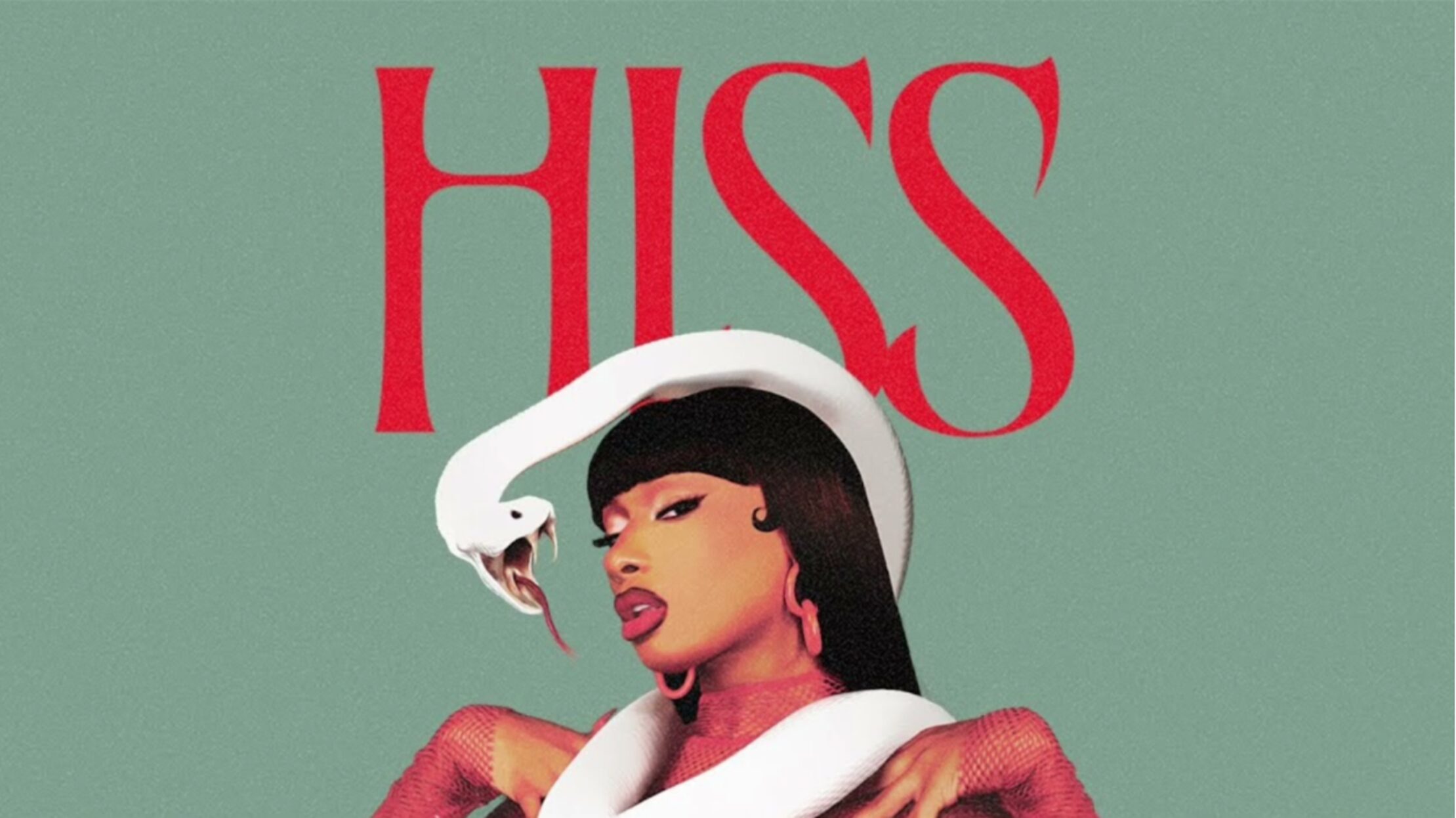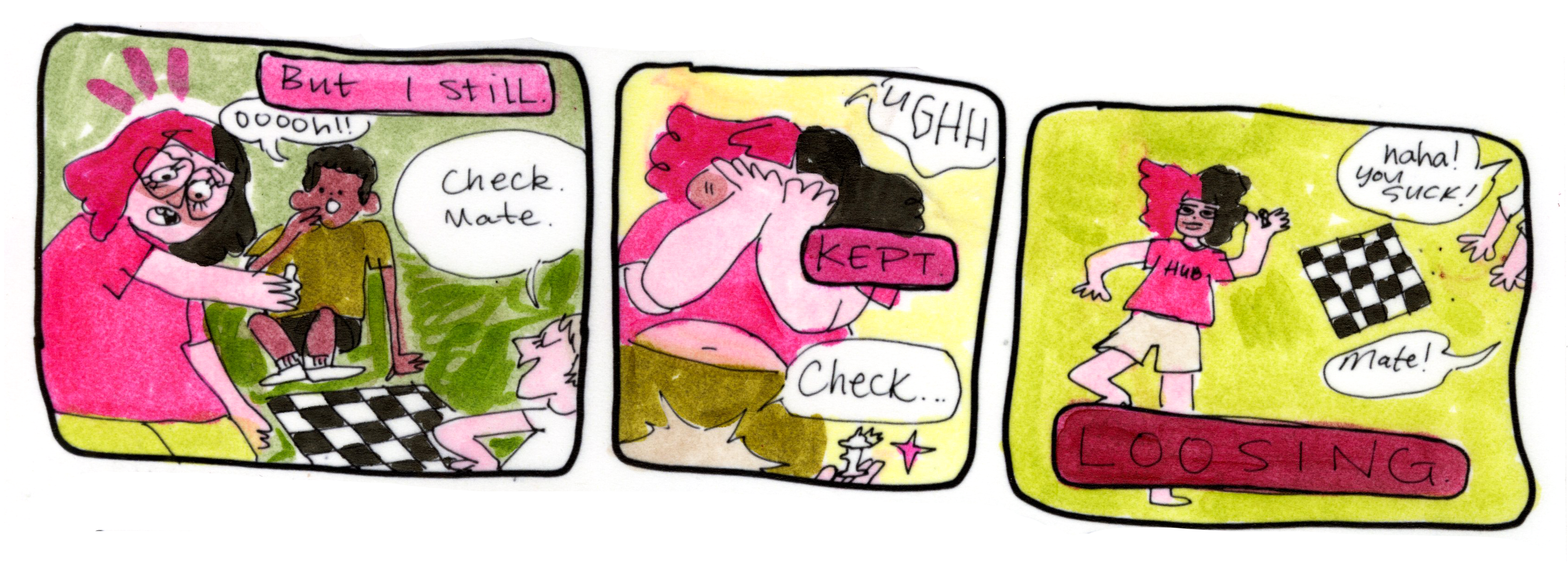
Animation in the West is quite restrictive. While some of the first animated works were often geared to an adult audience, as of late western animation is dominated by family-friendliness and Disneyfied stories. When cartoons exist for adults, they are often cheaply animated and serve as a vehicle for raunchy humor. Anything with music or a strong story structure is often for children, with only a few exceptions.”Hazbin Hotel” (2024) breaks down these categories boldly being an adult comedy featuring Broadway singers and a complex serialized plot.
“Hazbin Hotel” takes place in literal Hell, where the demonic inhabitants, known as Sinners, are subjected to annual exterminations by Heaven to control the population and avoid the possibility of an uprising. In an effort to put an end to these yearly massacres, the Princess of Hell, Charlotte “Charlie” Morningstar (voiced by Erika Henningsen), opens a hotel with the whimsical yet borderline-delusional goal of redeeming Sinners so they may “check out” of Hell and into Heaven
Of course, Charlie does not go it alone, and her supporters in this endeavor (of varying degrees of enthusiasm and willingness) include her girlfriend, Vaggie (Stephanie Beatriz); the bartender, Husk (Keith David); the maid, Niffty (Kimiko Glenn); the Hellish Overlord, Alastor (Amir Talai); and the pornstar/Charlie’s first patron, Angel Dust (Blake Roman). Together, they face the uphill battle of proving whether or not a Sinner can truly find redemption after death, all amidst growing opposition from Heaven and Hell alike.
“Hazbin Hotel” juxtaposes the glamor of a Broadway musical with the decay and visceral grunge of Hell, neatly shown in the first episode with Charlie belting her heart out like a Disney princess on a street corner, then rubbing brains out of her eye after being sprayed with a cannibal’s dinner. The characters constantly bounce around the screen both in displays of violence and dance, but with the flashiness of it all, I had a hard time not seeing it as style over substance. Every episode features at least one musical number, and the songs were well done and easily the strongest part, but visually I found it a bit much. The designs of the characters are often so complex they essentially turn into a herd of zebras, and I became lost trying to figure out where to turn my attention. It’s a real shame because it became difficult to fully appreciate the actors’ talent and performances when I couldn’t tell where to look.
This form-over-function issue also spilled into the overall writing, which seemed fixated on chasing two rabbits. Eight episodes clocking in at under twenty-five minutes each is not a lot of time, but the show seemed determined to both showcase the hotel and explore all of Hell within this minuscule slot. As a result, the story often moved in too many directions for moments to really land, with more time being dedicated to introducing new characters than to fully realizing the core cast. It’s the kind of show that would’ve benefitted with a much longer episode run for season one.
To make things worse, there seemed to be a general expectation for the audience to have had knowledge of “Hazbin Hotel” beforehand. The pilot of the show was well known for many years as it was posted to YouTube in 2019 and built up a cult following. “Hazbin” also has a sister show on YouTube set in the same universe with a different cast of characters. In “Hazbin” itself, information I would have considered important to touch on (such as what the Sinners did in life to deserve Hell) is readily available for a quick Google yet virtually untouched in the show proper.
The humor is downright foul at times, though I noticed a severe downtick in references to real events compared to the pilot. But the jokes often rely on shock humor and profanity.
That’s not to say the show is all bad news, of course. I enjoyed the casual LGBT+ representation, without anyone getting turned into a squeaky-clean lesson plan for children. The majority of the main characters are LGBT+. Lead character, Alastor, even has his asexuality acknowledged as a valid orientation.
The strongest storyline of season one was about Angel Dust’s exploitation in the porn industry, as the idea of sex itself was not put on trial, but rather the abusive treatment he suffers from his horrific boss, Valentino. I do feel obligated to state that this, however, may not be for anyone disturbed by discussions or depictions of sexual abuse or assault. But, given the format of the show, much darker and harder-to-talk-about topics were able to be brought up often when they would have to be altered or cleaned up.
If nothing else, what this show represents is very important. The idea of combining Hell, raunchy comedy, theater, and animation in this way seemed pretty impossible to me back in high school when I saw everyone raving about the pilot. The show may be far from perfect, but it does set a precedent that animation does not need to be so viciously categorized as it typically is. People really are willing to watch a demonic princess sing about rainbows and unicorns while learning about restorative vs punitive justice and debating whether the damned deserve mercy.
Harsh stories do not have to be relegated to live-action dramas and adults are not inherently “too mature” to enjoy animation. So, in the end, while this wasn’t my favorite show in the world, I would implore you all to consider what “Hazbin Hotel” represents in the long run, and maybe listen to a song or two from it, though they’re bound to get stuck in your head.







